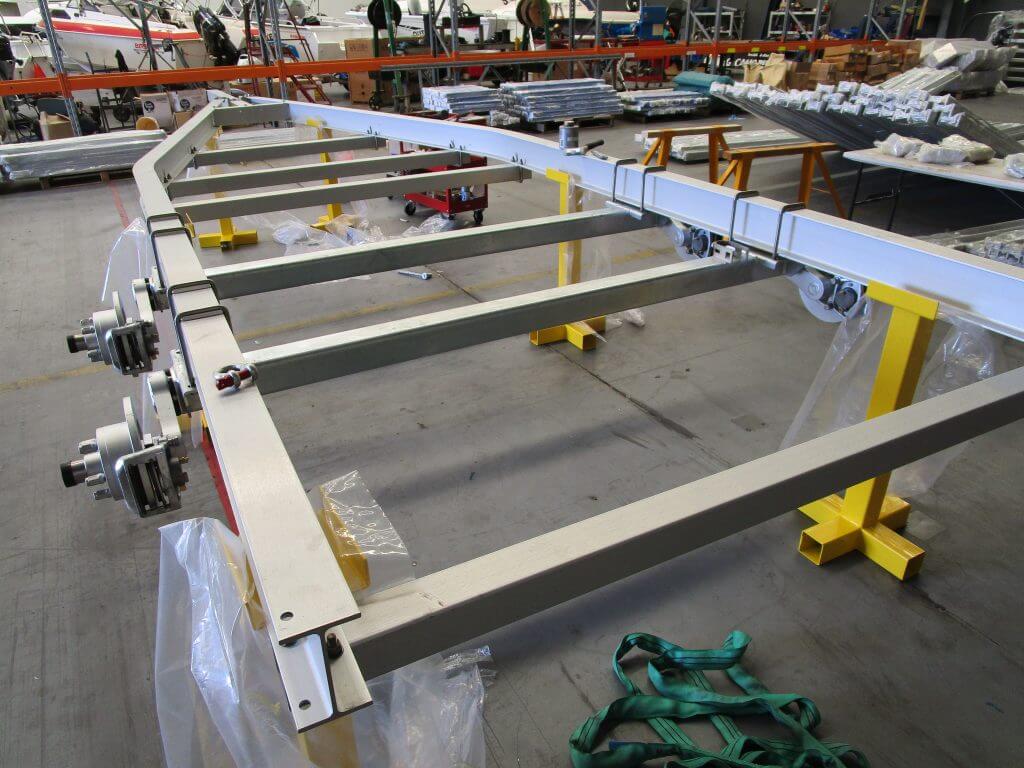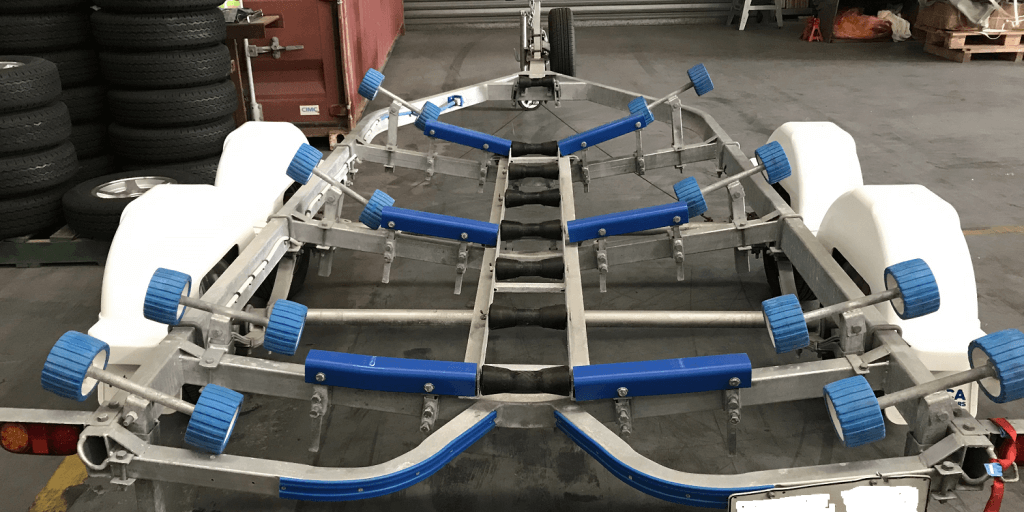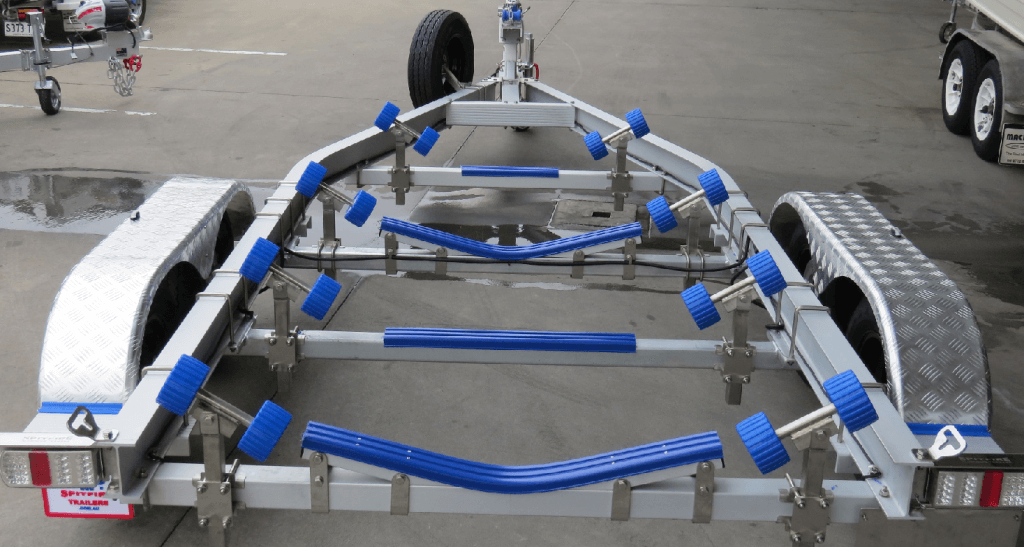You are in the market for a new boat trailer. What process might you follow to find what you really need? At Spitfire Boat Trailers SA, we suggest the following guidelines.
Clarify why you need a new trailer?
It is simple – your existing trailer has had a good life and needs replacing. If you have been happy with it, then looking for something similar would naturally be a good place to start. But also, perhaps there have been frustrations that you would be keen to eliminate. Trailers have changed in terms of new materials, new and more efficient components, significantly better and safer towing, and enhanced boat launch & retrieve performance. So, while your thoughts might be quite uncomplicated, this is also a good opportunity to benefit in other ways at the same time.
How do you prepare for your discussion about a new trailer?
We recommend that you take time to gain clarity about what you are looking for by determining and identifying the following.
– Your budget
– Your boat dimensions (overall length, hull width at the mudguards, depth of VEE)
– A reasonably accurate estimate of Weight kg (of your boat complete with motor, fuel, water, accessories, etc, but excluding the trailer weight)
– Expectations of a new trailer (longevity, long distance towing, holiday shack only, 4WD tracks, etc)
– How you will use your boat (drive-on/off, winching, ramps, beach launch, on-your-own, etc)
First define the type of chassis (‘vehicle’) needed
As a start to options, we suggest that you first consider the trailer as a new ‘vehicle’ that needs to be dependable and safe, fully compliant on the road, and easy and convenient to tow. Within the purchase price of a trailer, approximately 75% is attributed to the chassis (‘vehicle’) and 25% to the above-chassis configuration required to suit the boat. With the major cost in the chassis, it makes sense to first narrow down the type of chassis that best meets your needs, before making decisions about how it will be configured.
Your second consideration is about how best to configure the chassis for your boat. With the information you have prepared above you will be able to confidently articulate and compare what you require in terms of both the trailer chassis, and in terms of your boating performance expectations.

All trailer discussions need certainty of just one initial fact – what load (kg) must it be able to carry? With this information already identified, the chassis criteria to address are as follows.
1. Steel vs Alloy chassis construction / Welded vs bolted
2. Low profile vs higher profile (road use only vs regular track use)
3. Leaf springs vs torsion type axles (maintenance vs maintenance free)
4. Single axle vs dual axle
5. Brake options (cable vs hydraulics & steel vs stainless steel)
What configuration do I need on the chassis for the boat?
Your primary considerations here relate to the type of boat you have and how best you wish to use it. Below is a range of typical configuration options.
The most frustrating trailer performance is caused by keel rollers. While they are traditional, their combination of galvanised roller shafts and galvanised brackets, supplemented with greases and oils, corrode while also gathering sand and grit. More rollers lead to more friction and therefore more deterioration in performance. Furthermore, keel rollers raise the keel and therefore negatively impact launch and retrieval in shallower ramp conditions.
Keel rollers also require infrastructure to keep the hull centred. And this adds expense, hardware, cost, and weight.
Our recommendation is to avoid keel rollers unless absolutely needed, opting for a clean and uncluttered keel travel and support area.


Combinations of side wobbly rollers and side support bunks can easily be adapted to the hull shape, and if the keel is properly supported by keel slides, then the side supports are not required to take too much weight. New materials, such as HDPE, are very compatible with fibreglass hulls and therefore present excellent sliding characteristics for boat launch and retrieve performance.
Boat trailers have been slow to change, and many still reflect ideas of 20 to 30 years ago. Your purchase of a new trailer offers the opportunity to significantly increase your overall enjoyment of boating. We are here to help.
Happy Boating, Spitfire Boat Trailers SA




















